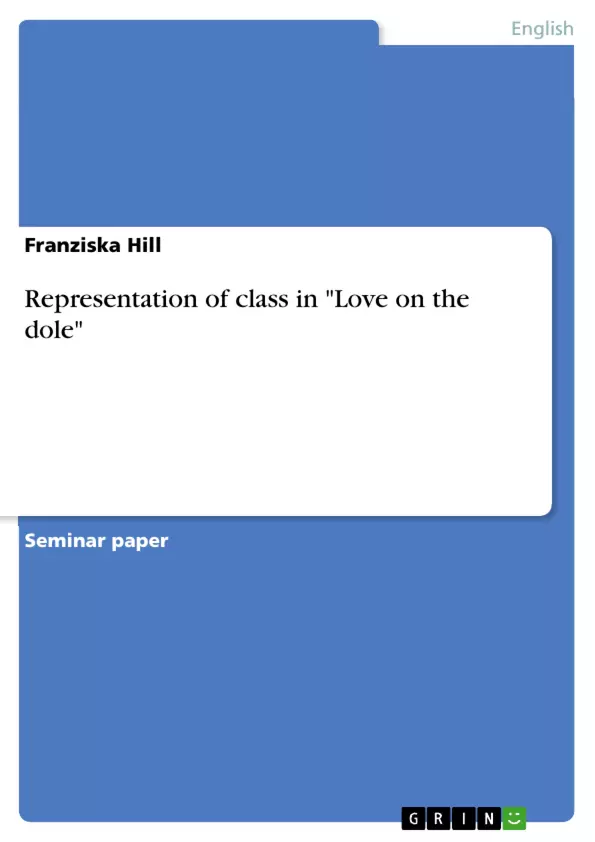Class is a “general word for a group or division” and “acquires a special association with education” (Raymond Williams 1985, 60). The privately run public schools are the main institutions to maintain the ethos of the upper class and marking off the assimilated from the unassimilated. Students of lower social origin can only attend these upper universities through scholarships, but “state-sponsored free education did not in general extend beyond a rather crude elementary education to the age of fourteen” (Arthur Marwick 1990, 26). By many the “divisiveness of the education system was taken to be both a cause and a symbol of the divisions in society” (David Cannadine 1998, 133/134). It can be stated that with a better education there are more chances in life. One can reach a better paid job and with more money there are more possibilities. In so far, if class is still defined by birth (later in this section) and one has not got the chance to get a higher education you will stay in your class. This can be seen in the film “To Sir, with love”. A black man can escape from his birth defined class by improving his education. He tries to convey to his students that with education it is possible to change ones life.
Inhaltsverzeichnis (Table of Contents)
- Definition of Class and general aspects
- The social mobility of Harry and Helen
- The social mobility of Sally and Larry
- Religion and politics
- Classes in "Love on the Dole" and social mobility
Zielsetzung und Themenschwerpunkte (Objectives and Key Themes)
This essay analyzes the representation of class in the British film "Love on the Dole" by Walter Greenwood, focusing on the film's portrayal of social mobility during the 1930s in the context of the increasing unemployment rate. The essay explores the different social classes represented in the film, specifically the lower working class, middle working class, and upper working class. It examines how the film illustrates the aspirations and struggles of individuals from these different classes, and how they navigate the challenges of a society marked by economic hardship.
- Class and social mobility in Britain
- The impact of unemployment on individuals and families
- The representation of different social classes in "Love on the Dole"
- The role of politics and religion in shaping social consciousness
- The aspirations and dreams of the younger generation
Zusammenfassung der Kapitel (Chapter Summaries)
- The first chapter explores the concept of class and its historical development in Britain. It examines the various definitions and models of class, including the hierarchical, triadic, and dichotomous versions, and discusses the role of education in shaping social mobility.
- The second chapter analyzes the different classes represented in "Love on the Dole" and the film's depiction of social mobility. It examines the social circumstances of the characters, their aspirations, and their struggles to navigate the challenging economic realities of the 1930s.
Schlüsselwörter (Keywords)
The main keywords and focus topics of this essay include class, social mobility, unemployment, British film, "Love on the Dole," Walter Greenwood, 1930s, working class, middle class, upper class, aspirations, struggles, politics, religion, and societal change.
- Citar trabajo
- Franziska Hill (Autor), 2003, Representation of class in "Love on the dole", Múnich, GRIN Verlag, https://www.grin.com/document/71029



